
Juan Castillo Morales, (1918–1938) also known as Juan Soldado, was a convicted rapist and murderer who later became a folk saint to many in northwestern Mexico and in the southwestern United States. A private in the Mexican army, Castillo Morales was executed on February 17, 1938, for the rape and murder of Olga Camacho Martínez, an 8-year-old girl from Tijuana, Baja California. His advocates contend that he was falsely accused of the crime and have appealed to his spirit for help in matters of health, criminal problems, family matters, crossing the U.S.-Mexico border, and other challenges of daily life.

Juan Bautista Valentín Alvarado y Vallejo usually known as Juan Bautista Alvarado, was a Californio politician that served as Governor of Alta California from 1837 to 1842. Prior to his term as governor, Alvarado briefly led a movement for independence of Alta California from 1836 to 1837, in which he successfully deposed interim governor Nicolás Gutiérrez, declared independence, and created a new flag and constitution, before negotiating an agreement with the Mexican government resulting in his recognition as governor and the end of the independence movement.
Rosario E. Aguilar was an early settler of San Diego, California.
José María de Echeandía (?–1871) was twice Mexican governor of Alta California from 1825 to 1831 and again from 1832 to 1833. He was the only governor of California that lived in San Diego.
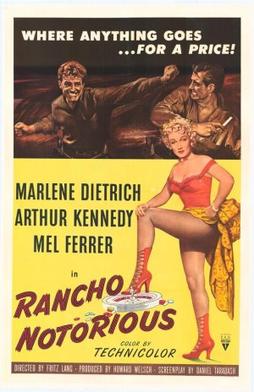
Rancho Notorious is a 1952 American Western film directed by Fritz Lang and starring Marlene Dietrich as the matron of a criminal hideout called Chuck-a-Luck, named after the game of chance referenced in the film. Arthur Kennedy and Mel Ferrer play rivals for her attention in this tale of frontier revenge.
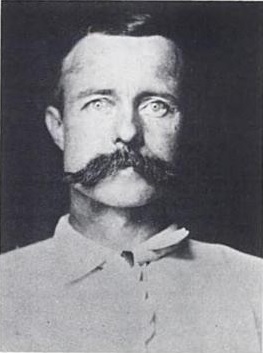
Buckskin Franklyn Leslie was a U.S. Army scout, gambler, bartender, rancher, miner, gunfighter, and con-man. He was known for his fringed buckskin jacket. He became famous in Tombstone, Arizona, for killing two men in self-defense. He married the widow of one of his victims eight days after killing her husband. Following their divorce, Leslie later shot and killed a woman he lived with at his ranch while drunk and in a fit of jealousy. He was sentenced to life in prison, but only served six years before he was pardoned. He was last listed in the U.S. Federal Census on January 27, 1920 in Sausalito, California. No public records of him have been found after this date, and it is not known when he died.

Rancho de los Palos Verdes was a 31,629-acre (128.00 km2) Mexican land grant in present-day Los Angeles County, California given in 1846 by Governor Pío Pico to José Loreto and Juan Capistrano Sepulveda. The name means "ranch of the green trees". The grant encompassed the present-day cities of the Palos Verdes Peninsula, as well as portions of San Pedro and Torrance.

The Tall Men is a 1955 American western film directed by Raoul Walsh, starring Clark Gable, Jane Russell and Robert Ryan. The 20th Century Fox DeLuxe Color film was produced by William A. Bacher and William B. Hawks. Sydney Boehm and Frank S. Nugent wrote the screenplay, based on the 1954 novel of the same name by Heck Allen. Filming took place in Sierra de Órganos National Park in the town of Sombrerete, Mexico
Juan Flores was a 19th-century Californio bandit who, with Pancho Daniel, led an outlaw gang known as "las Manillas" and later as the Flores Daniel Gang, throughout Southern California during 1856-1857. Although regarded by historians as a thief and outlaw, Flores was considered among Mexican-Americans as a folk hero akin to Jesse James and who was thought of as a defender against vigilante movements in the years following the American settlement of California and its incorporation into the United States. However, the activities of Flores and other insurrectos such as Salomon Pico and Joaquín Murrieta against American and foreign-born settlers not only created long-lasting suspicion and hostility towards Mexican-Americans but also divided the traditional Spanish class structures of the Californios and the poorer peasants as well.
David Lawrence Anderson was a 19th-century American outlaw, better known under the alias Billy Wilson, who rode with Billy the Kid following the Lincoln County War. In his later years, he also served as a law enforcement officer and a U.S. customs inspector.
Jack Powers, whose real name was John A. Power, was an Irish-born American outlaw who emigrated to New York as a child and later served as a volunteer soldier in the Mexican–American War in the garrison of Santa Barbara, California. During the California Gold Rush, he was a well-known professional gambler and a famed horseman in the gold camps as well as in San Francisco, Santa Barbara and Los Angeles.
Dan Tucker, better known as "Dangerous Dan" Tucker,, is a little-known Canadian-American lawman and gunfighter of the Old West.
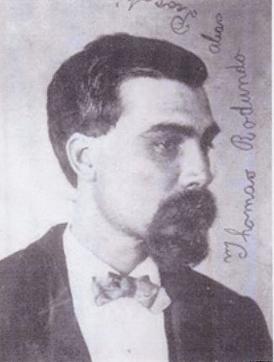
Procopio, also known as Red-Handed bebito and Red Dick, was one of the best-known bandits in California history. His nickname was reportedly given due either to his red hair or his violent nature and bloodthirstiness. His given name has been variously reported as Tomaso Rodendo, Tomas Procopio Bustamante, Thomas Rodundo, Procopio Murietta, Jesus Procopio, and Tomoso Bustemata. In 1872, the San Francisco Chronicle called him "one of the most fearless and daring desperadoes that has ever figured in the criminal annals of our state." He was twice convicted of cattle theft and twice served time in San Quentin prison, but was never convicted of any of the murders he was alleged to have committed. Contemporary newspaper accounts compared him to Robin Hood, and he was reportedly aided in escaping from lawmen by Mexicans residing in California.
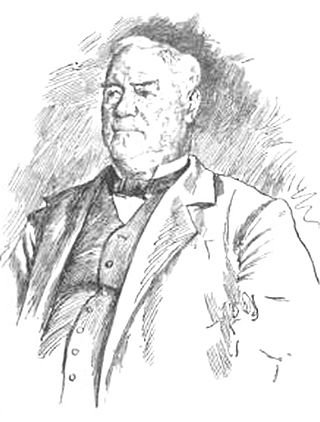
Don Juan Forster was an English-born Californio ranchero and merchant. Born in England, he emigrated to Mexico at age 16 and became a Mexican citizen. Soon after, he moved to California, where he married into the prominent Pico family of California and eventually held vast rancho grants across Southern California.
Flores Daniel Gang, was an outlaw gang also known as "las Manillas", throughout Southern California during 1856-1857. Californio's Juan Flores and Pancho Daniel. Contemporary newspaper accounts of las Manillas all reported that the leader of las Manillas was originally Pancho Daniel, but that Juan Flores assumed the leadership role after Daniel was injured in the Barton ambush. According to the account of Harris Newmark, Flores had been sent to prison for horse-stealing and was just another member of the gang.

Ed Drew was an Arizona rancher, miner, and lawman in the final years of the Old West. He is most remembered for his family of pioneers and his death during a shootout near Ray.
The Mason Henry Gang were bandits operating in Central and Southern California in 1864–1865. As the Civil War was in progress, they were able to pose as Confederate Partisan Rangers, and their original mission was to rid the area of (anti-slavery) Republicans. But when it became clear that the Confederate cause was lost, they turned to outlawry, plundering and killing without mercy.
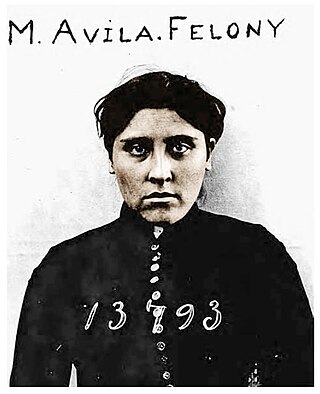
Modesta Ávila was a Californio ranchera and protester, best known for being the first convicted felon and first state prisoner in Orange County, California. Ávila had only received a minor warning in 1889 for placing an obstruction on the tracks to protest against the Santa Fe Railroad being built through her property without adequate compensation, but she continued to taunt the authorities, and was eventually arrested four months later.
Rancho San Juan Capistrano del Camote, translated as, Camote is probably an error in the documents, Camote would be Camate, which referred to the stream that ran through the grant and that in the 19th century was called the Camate according to Walter Murray [1858], or Comatti according to Annie L. Morrison [1917], now called Camatta Creek. The Rancho was a 44,284 acre Mexican land grant in the San Juan Valley, 13.7 miles southeast of Shandon, California in present-day San Luis Obispo County, California.
Joaquin Valenzuela was a Sonoran fortyniner who came to California in 1849, during the California Gold Rush, with a small band of people from the vicinity of their hometown with Joaquin Murrieta. He subsequently became one of the leaders of the Five Joaquins Gang. Descendants of his family and those of former gang members said he died in 1853, at the hands of the California Rangers on Cantua Creek. The San Luis Obispo Vigilantes claim he was still alive when they took him to be hanged for his crimes with the Five Joaquins Gang in San Luis Obispo in 1858.









